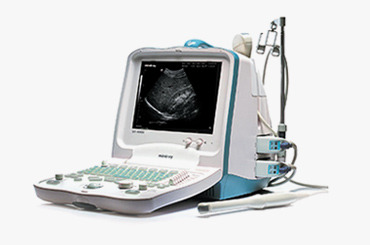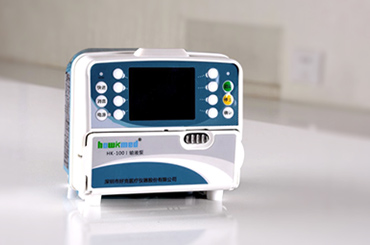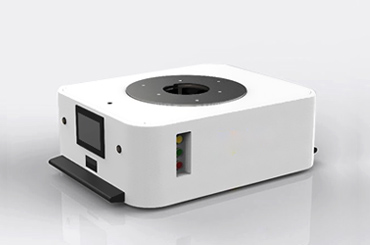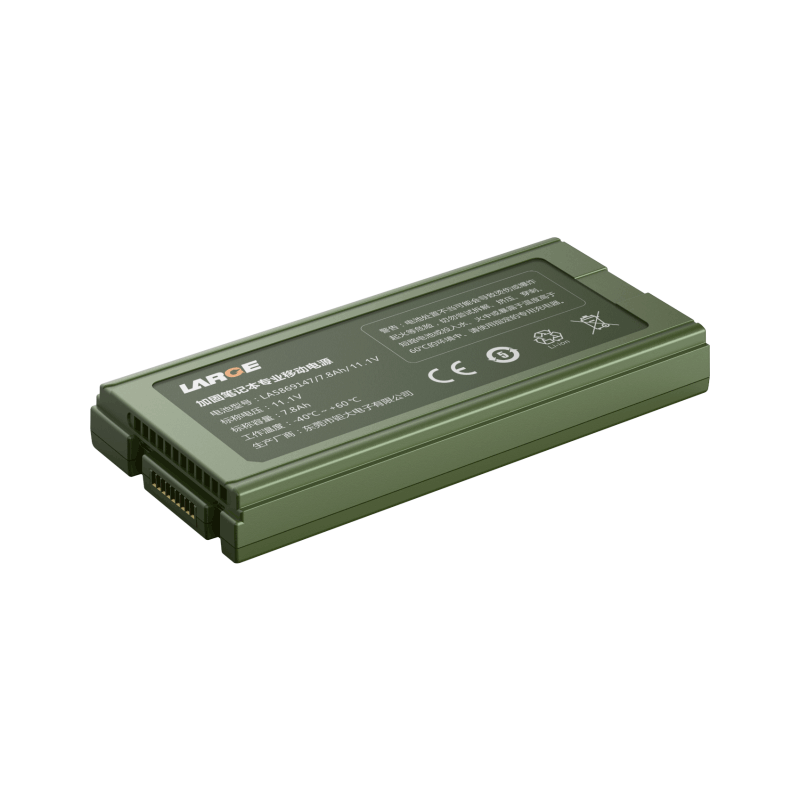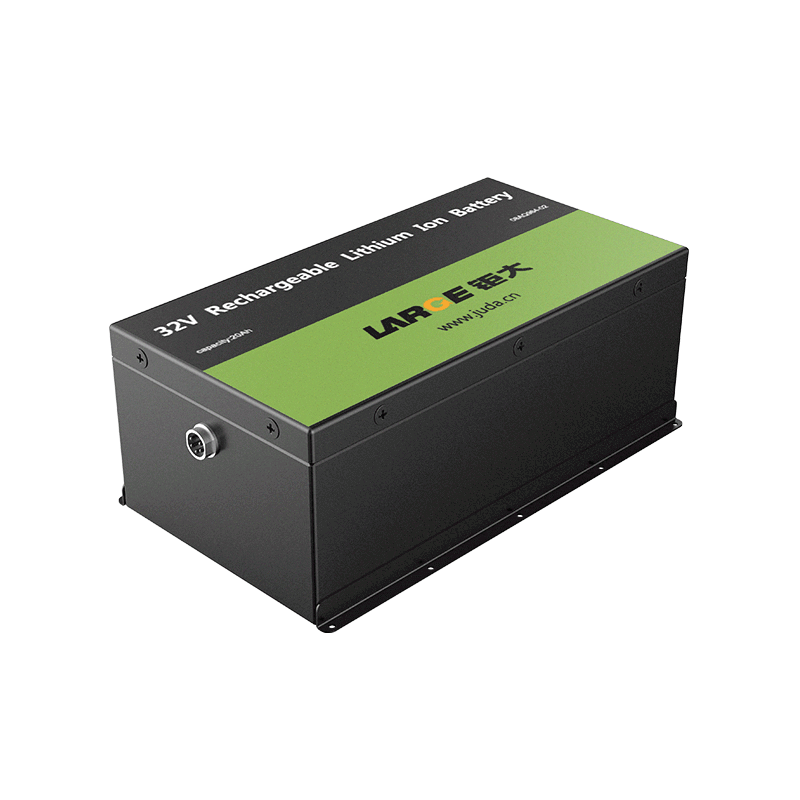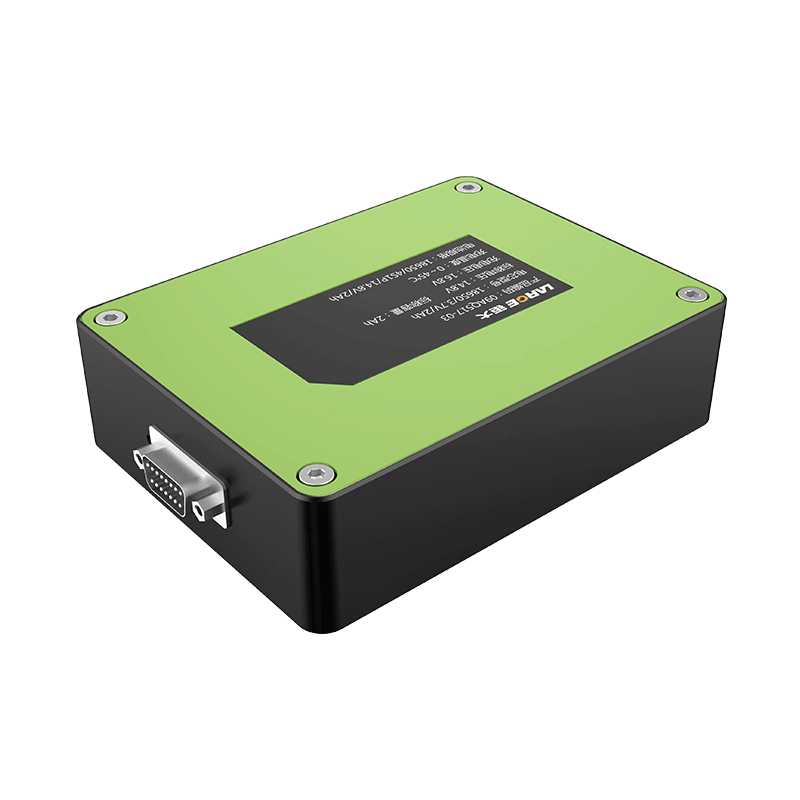-
Part 1: The Current Landscape of Lithium Battery Recycling and Sustainability+
- 1.1 Key Drivers of Lithium Battery Recycling
- 1.2 Recycling Technologies and Processes
- 1.3 Challenges in Lithium Battery Industry Recycling
-
Part 2: Trends Driving Lithium Battery Recycling in 2025+
- 2.1 Policy and Regulatory Push
- 2.2 Technological Innovations
- 2.3 Market Expansion and Industry Collaboration
- 2.4 Sustainability and Circular Economy
- 2.5 Supply Chain Optimization
-
FAQ+
- What are the benefits of lithium battery recycling?
- How can you contribute to lithium battery recycling?
- Why is lithium battery recycling important for sustainability?
Trends Shaping Lithium Battery Recycling in 2025 and Beyond
APR 11, 2025 Pageview:89
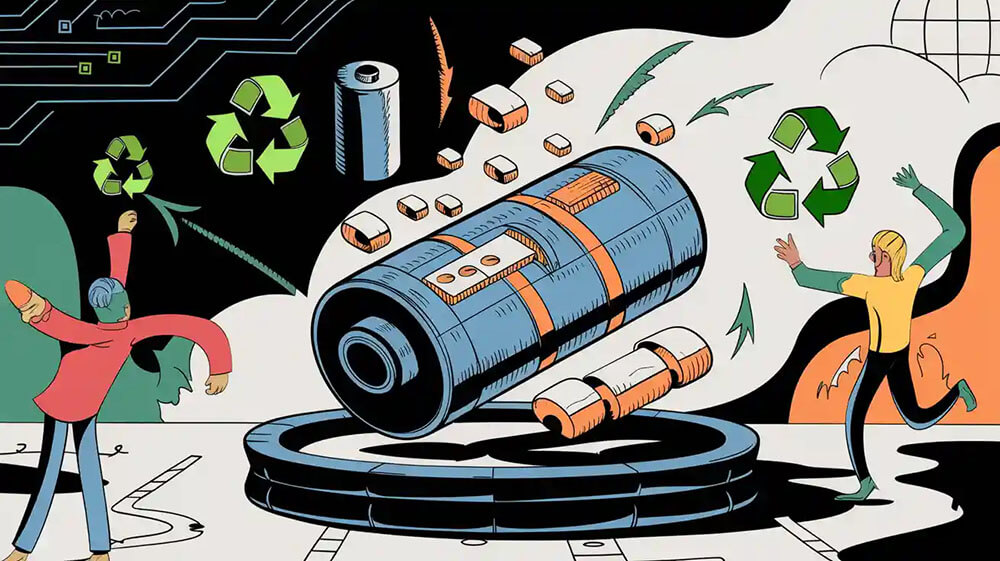
As global demand for custom lithium and renewable energy storage surges, lithium-ion batteries have become both a cornerstone of the clean energy transition and a growing environmental liability. Over 11 million metric tons of lithium batteries are projected to reach end-of-life by 2030, creating urgent pressure to address recycling inefficiencies and resource bottlenecks. Driven by tightening regulations, supply chain vulnerabilities, and climate imperatives, the lithium battery recycling industry is undergoing rapid transformation. This blog examines the current state of lithium battery recycling, its technological and economic challenges, and the emerging trends poised to reshape the sector by 2025. From AI-driven dismantling robots to closed-loop supply chains, innovations are unlocking a circular economy for critical battery materials—but scalability, safety, and profitability hurdles remain.
Part 1: The Current Landscape of Lithium Battery Recycling and Sustainability
1.1 Key Drivers of Lithium Battery Recycling
Environmental Concerns: Improper disposal of lithium batteries risks releasing toxic substances (e.g., heavy metals, organic electrolytes) into ecosystems, necessitating regulated recycling.
Resource Scarcity: Critical metals like cobalt, nickel, and lithium are finite, with recycling offering a sustainable alternative to battery minerals. For example, Hydrovolt's recycling systems recover up to 95% of metals from waste lithium-based batteries through dry physical methods.
Policy and Market Growth: While not explicitly mentioned in the search results, prior knowledge indicates policies like the EU’s "New Battery Regulation" and China’s circular economy plans drive industry standards. Market projections suggest a $300+ billion global recycling sector by 2030.
1.2 Recycling Technologies and Processes
Primary Methods:
Mechanical Recycling: Dry physical processes (e.g., crushing, screening) dominate due to low environmental impact. Librec’s equipment separates metals (copper, aluminum) and "black mass" (nickel, cobalt, lithium) efficiently.
Hydrometallurgy: Chemical leaching (e.g., acid baths) extracts high-purity metals but requires costly reagents.
Pyrometallurgy: High-temperature smelting recovers metal alloys but consumes significant energy.
Emerging Innovations:
Direct Electrode Regeneration: Repairing degraded cathode materials for reuse in new batteries.
Automated Dismantling: Robotics for safer separation of battery components, reducing human exposure to hazardous materials.
1.3 Challenges in Lithium Battery Industry Recycling
Economic Viability: Recycling lithium iron phosphate (LFP) batteries remains less profitable due to lower metal value compared to nickel-cobalt-based batteries.
Safety Risks: Handling damaged or untested batteries (common in salvage auctions) poses fire hazards and toxic gas exposure (e.g., HF from electrolyte decomposition).
Technical Complexity: Diverse battery chemistries (NMC, LFP, LCO) require tailored recycling approaches, complicating standardization.

Part 2: Trends Driving Lithium Battery Recycling in 2025
2.1 Policy and Regulatory Push
Global Standards and Extended Producer Responsibility (EPR)
Governments are enforcing stricter regulations to ensure sustainable recycling. The EU’s New Battery Regulation mandates higher recycling rates (e.g., 70% for lithium by 2030) and requires producers to manage end-of-life batteries. China’s State Council has also prioritized full-chain traceability and standardized recycling processes for retired power batteries, emphasizing legal compliance and carbon footprint accounting.Regional Collaboration
Projects like the EU’s RESPECT consortium focus on green logistics for battery recycling, with CEVA Logistics developing compliant transport and storage solutions across Europe.
2.2 Technological Innovations
Advanced Recycling Innovative Methods
Direct Recycling and Upcycling: Techniques like cathode regeneration preserve material functionality, reducing costs by up to 40% and minimizing chemical waste.
Hybrid Processes: Companies like Umicore combine wet metallurgy (high lithium recovery) with in-situ pyrolysis for organic separation, achieving >95% metal recovery rates.
Automation and AI: Robotic disassembly and AI-driven sorting systems improve efficiency and safety, addressing challenges like diverse battery chemistries and hazardous material handling.
Mechanical Advancements
Retrieve Technologies shredders enable rapid battery breakdown, using magnetic separation and froth flotation to isolate cobalt, nickel, and lithium efficiently.
2.3 Market Expansion and Industry Collaboration
Global Capacity Scaling
Major players like Li-Cycle (North America) and Northvolt (Europe) are expanding facilities to process thousands of tons of battery waste annually. Li-Cycle’s hub-and-spoke model optimizes logistics for scrap and end-of-life batteries.Vertical Integration
Battery manufacturers (e.g., TOTLPOWER) and recyclers (e.g., SNAM) are partnering to create closed-loop supply chains, ensuring raw material security and reducing reliance on mining.
2.4 Sustainability and Circular Economy
Resource Recovery
Recycling mitigates scarcity of cobalt and lithium, with Hydrovolt’s processes recovering 95% of critical metals. Emerging methods like bioleaching and supercritical CO2 extraction further reduce environmental impact.Second-Life Applications
Low-performance EV batteries are repurposed for energy storage systems, delaying recycling and maximizing resource utility.
2.5 Supply Chain Optimization
Logistics Innovations
CEVA Logistics’ Lithium Battery Recycling in Europe ensure safe transport of hazardous materials using ADR-compliant trucks and temperature-controlled containers.Digital Traceability
Blockchain and IoT solutions track batteries from production to recycling, ensuring compliance with regulatory frameworks like China’s traceability mandates.
By 2025, lithium battery recycling will transition from a niche solution to a linchpin of sustainable energy systems. Regulatory frameworks like the EU Battery Law will force manufacturers to adopt circular design principles, while advancements in direct recycling and AI-driven logistics will slash costs and emissions. However, fragmented chemistries, safety risks in handling degraded batteries, and volatile metal markets require ongoing R&D and cross-industry partnerships. Companies that invest in hybrid recycling technologies, secure upstream/downstream alliances, and align with carbon accountability standards will lead the $300+ billion recycling economy. Ultimately, the shift from "mine-to-landfill" to "urban mining" will define whether the clean energy revolution achieves its climate goals—or stalls under the weight of its own waste.
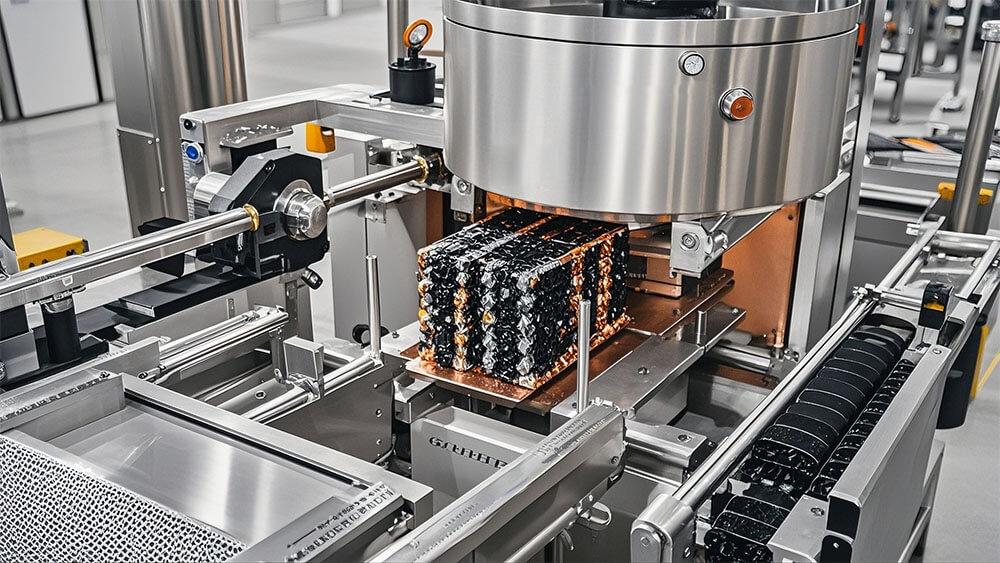
FAQ
What are the benefits of lithium battery recycling?
Recycling helps conserve resources, reduces CO₂ emissions, and supports a circular economy. It also lowers costs by reusing valuable materials instead of mining new ones.
How can you contribute to lithium battery recycling?
You can recycle used batteries by dropping them off at Large Power designated collection centers or participating in manufacturer take-back programs. We always follow local recycling guidelines.
Why is lithium battery recycling important for sustainability?
Recycling reduces environmental harm by minimizing waste and conserving raw materials. It also supports renewable energy goals by ensuring a steady supply of critical battery components.
Leave Message
Hottest Categories
-
Hottest Industry News
-
Latest Industry News




